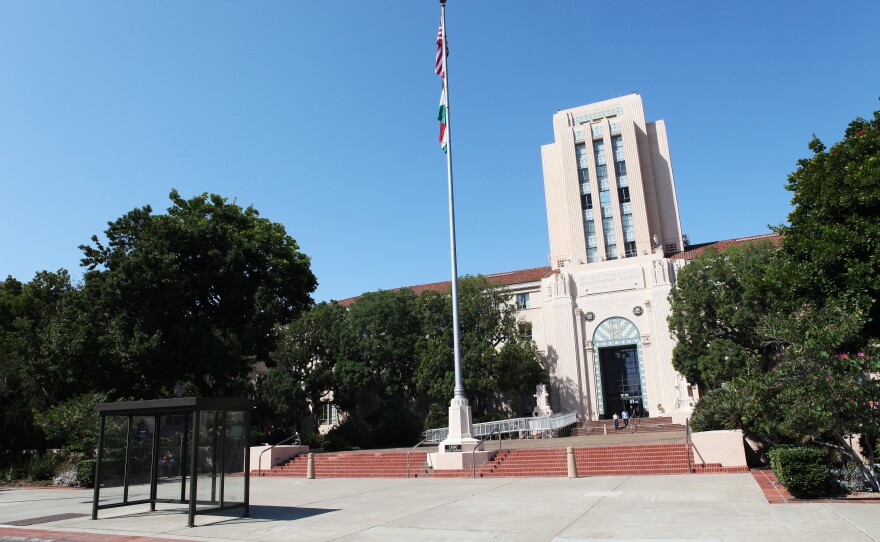California has given San Diego County two options: Take a clean 60 percent cut in health care funding next fiscal year or negotiate a smaller, more complicated cut.
The state will reduce the amount of healthcare dollars it gives to all California counties beginning next fiscal year to recoup savings under the Affordable Care Act.
Whichever formula it chooses, the region is poised to lose at least half of the state funds it uses to provide medical care to the homeless and uninsured and to run programs that help control the spread of infectious diseases.
But the cut — between $40 million and $48 million — sounds scarier than it really is, said Andrew Pease, executive finance director for the county's Health & Human Services Agency. He's tasked with figuring out which new funding option makes sense for San Diego.
The health reform law's Medicaid expansion is expected to cover a majority of the so-called "indigent" individuals who relied on county medical coverage. They'll become fully insured through Medi-Cal, lifting the burden off counties that reimburse clinics when uninsured residents get care.
"The state is saying, 'counties, you're having savings, so we're going to take a portion of those savings,'" Pease said.
But exactly how much savings is uncertain and will be for some time. The formulas assume Covered California workers will successfully reach and enroll people who were previously ineligible for public health coverage or priced out of private insurance plans.
The County Board of Supervisors must decide on its funding plan by Jan. 22, but residents have until March 31 to sign up for insurance, if they get covered at all.
"It is in flux right now and that's the challenge," Pease said. "You've been watching the news and the figures for who's coming into the exchange and whatnot, and the numbers haven't produced at the levels that they were anticipating."
Nearly 4 million Californians will be eligible for Medi-Cal or already are and haven't signed up, according to the UCLA Center for Health Policy Research. They’re the ones most likely to use county medical services now.
But figures released by Covered California last week bode well for San Diego and other counties. About 1 million of those eligible for Medi-Cal have signed up or have special transitional coverage — called the Low Income Health Plan — that automatically transfers them to Medi-Cal on Jan. 1.
Local trends show the number of uninsured people utilizing county funds for episodic medical treatment has already decreased as enrollment in the low-income plan has increased.
Zara Marselian, the founder and CEO of La Maestra Community Health Centers, a low-cost clinic with locations in City Heights, El Cajon, National City and Lemon Grove, said she's already seen a drop-off in the number of patients tapping county health funds to pay for services. She's optimistic but cautious.
"I think it will be all right but I'm not sure," Marselian said. "Really, nobody knows how it's all going to turn out."
Pease said currently he's working with the state on option no. 2 — the one that could keep more money flowing to the county. Its calculation involves analyzing the county's health spending trends over the past decade and anticipated revenue growth. The idea is the cut would be more closely tailored to the region's costs.
Pease said if the state agrees with his math, the region could keep 50 percent or more of its current funding levels — enough to fund the county's public health programs fully and cover any citizens and legal residents who remain uninsured.







